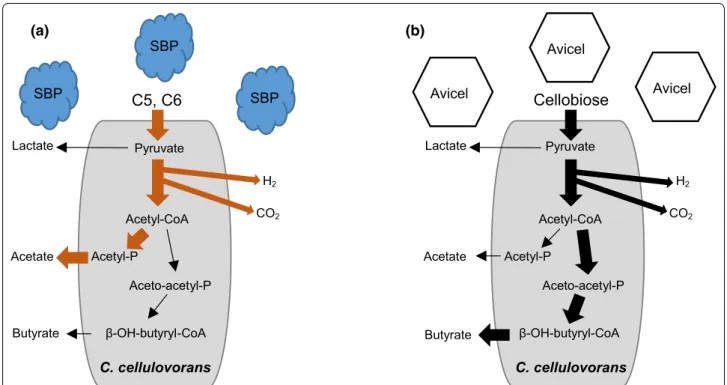Biomethane production from sugar beet pulp under cocultivation with Clostridium cellulovorans and methanogens
Full text
Figure




Related documents
Composting cycle took nine weeks, during the process every 15 days, physicochemical properties of pressmud compost piles, temperature, moisture, pH, total organic carbon, and
, Julia Black, “Involving Consumers in Securities Regulation” (proposing that an investors panel be estab- lished — something the Hockin Panel subsequently recommended, and
" You ALWAYS are yourself in the conversation, though the teacher may be asked to role-play. Decide if you are supposed to use the tú form or the usted form when speaking
For instance, it is possible that water did not get to the ends of some of these slow advance rate furrows during the previous irrigation the net effect of these and other
Our purpose in this paper is to show how simulation methods based on Markov chain Monte Carlo (MCMC) make possible the routine Bayesian analysis of Two Phase Linear
To do this a HILTI curtain wall model without a spandrel is used in a virtual simulation of the Intermediate-Scale Multi- Story Apparatus (ISMA) that is utilized in
Student will be able to predict weather using satellite images, weather maps, and other weather data over a series of four days as a low pressure area passes north or south of
Assessment of genetic diversity and molecular characterization among elite rice varieties of Bangladesh is very important for germplasm management, varietal identification and DNA
